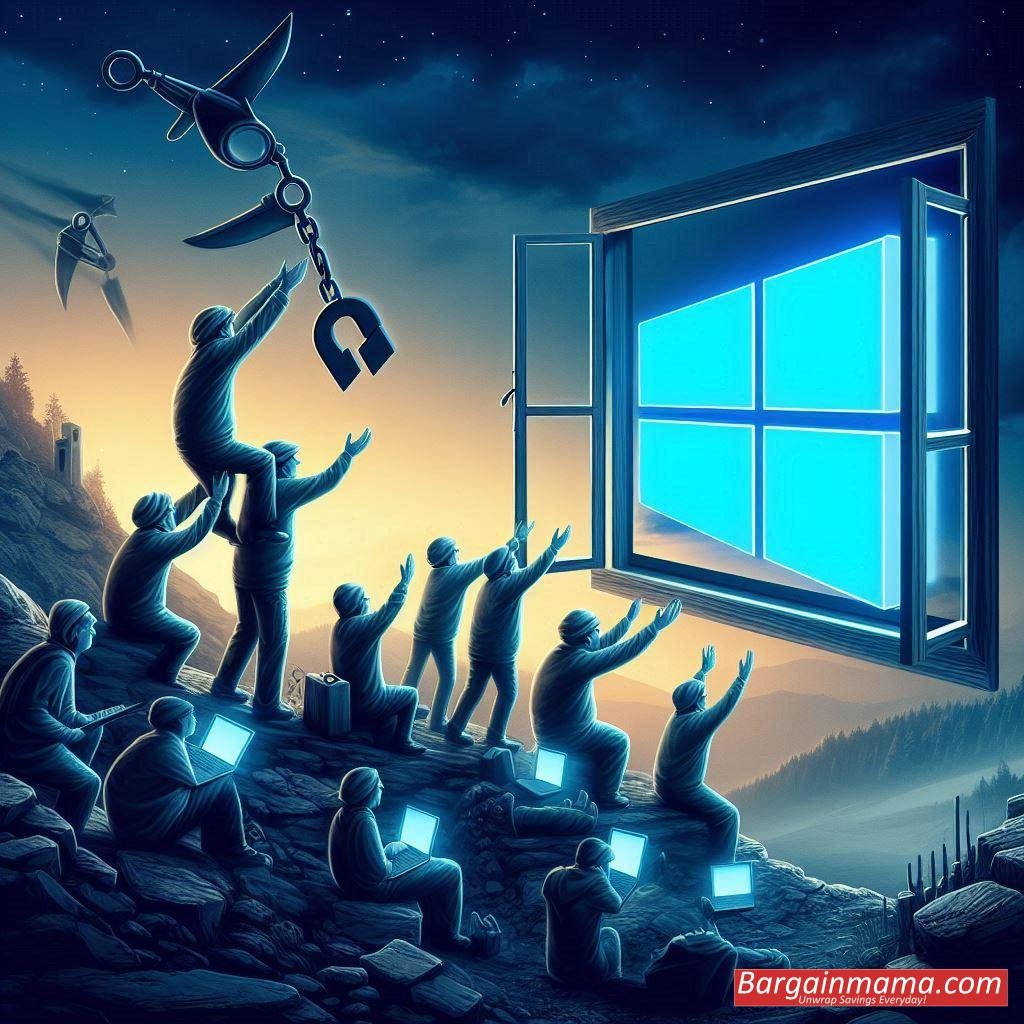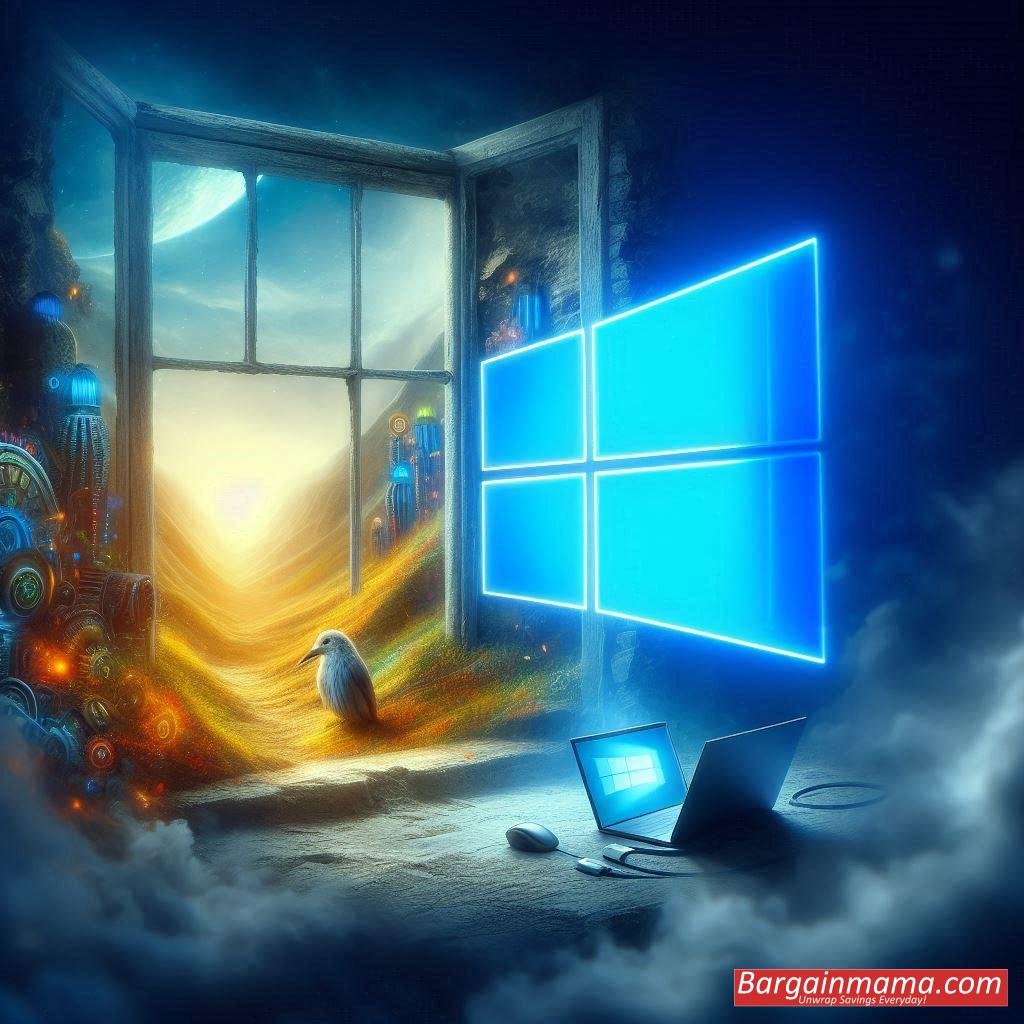Microsoft’s path with Windows 11 has been filled with highs and lows in the world of OS systems. A troubling trend has been shown by recent Statcounter data: a significant number of users are choosing to revert back to Windows 10. Microsoft has been promoting Windows 11, its most recent operating system, however it appears that many customers are not comfortable with the change.

Statcounter’s research indicates that Windows 11’s market share significantly decreased, especially in contrast to Windows 10, its predecessor. The data speaks for itself: Windows 11’s market share has dropped below 26%, suggesting a significant decline in user adoption, after peaking at 28.16% in February 2024.
Windows 11 suffered a decline of more than one full percentage point, from 26.68% to 25.65%, just between March and April of 2024. Interestingly, Windows 10 has gained 0.96 points in market share throughout this downturn, pushing it above 70% for the first time since September 2023. There appears to be a trend among users of Windows 10 to switch back to the more stable and familiar version of the operating system.
The fact that Windows 7 is still in use is even more astounding. According to Statcounter, 3% of all Windows PCs are still running Windows 7, even though Microsoft stopped supporting it in January 2023. Even if it’s a little percentage, this figure shows that some users are reluctant to give up on the outdated operating system, even in spite of the dangers presented by its dearth of security upgrades and diminishing developer support.

Microsoft hasn’t been sitting still when it comes to pushing customers to adopt Windows 11. The business is about to reveal cutting-edge AI features for the next OS, which could persuade people to update. Reports, however, indicate that some functions could only be available on PCs with more recent technology, which might discourage people from switching. Users continue to assess the advantages of Microsoft’s planned Windows 11 24H2 upgrade against potential hardware constraints, making it unclear how successful the update will be in increasing adoption.
The impending October 2025 termination of support for Windows 10 further complicates matters. Users have around nineteen months remaining to make a crucial choice between upgrading their current PCs, purchasing new hardware, or continuing to use an antiquated operating system. The importance of this decision-making process is highlighted by Microsoft’s strong push through obtrusive popup adverts for Windows 10 customers to switch to Windows 11.
It is clear that not everyone is persuaded by Microsoft’s offers, even in spite of the attraction of a free update. Many people are choosing to stay with what they know, whether it’s because they are hesitant to learn a new interface, are worried about device compatibility, or just want consistency with Windows 10.

The adoption environment for OS systems is changing, and a sizable chunk of users are refusing to embrace Windows 11. The success of Windows 11 depends on Microsoft’s ability to resolve customer complaints, provide strong incentives for upgrading, and fulfill its promise of innovation without alienating its devoted user base as it negotiates this difficult terrain. Whether Windows 11 can meet the demands of the global user base and maintain its position as the operating system of choice remains to be seen.



